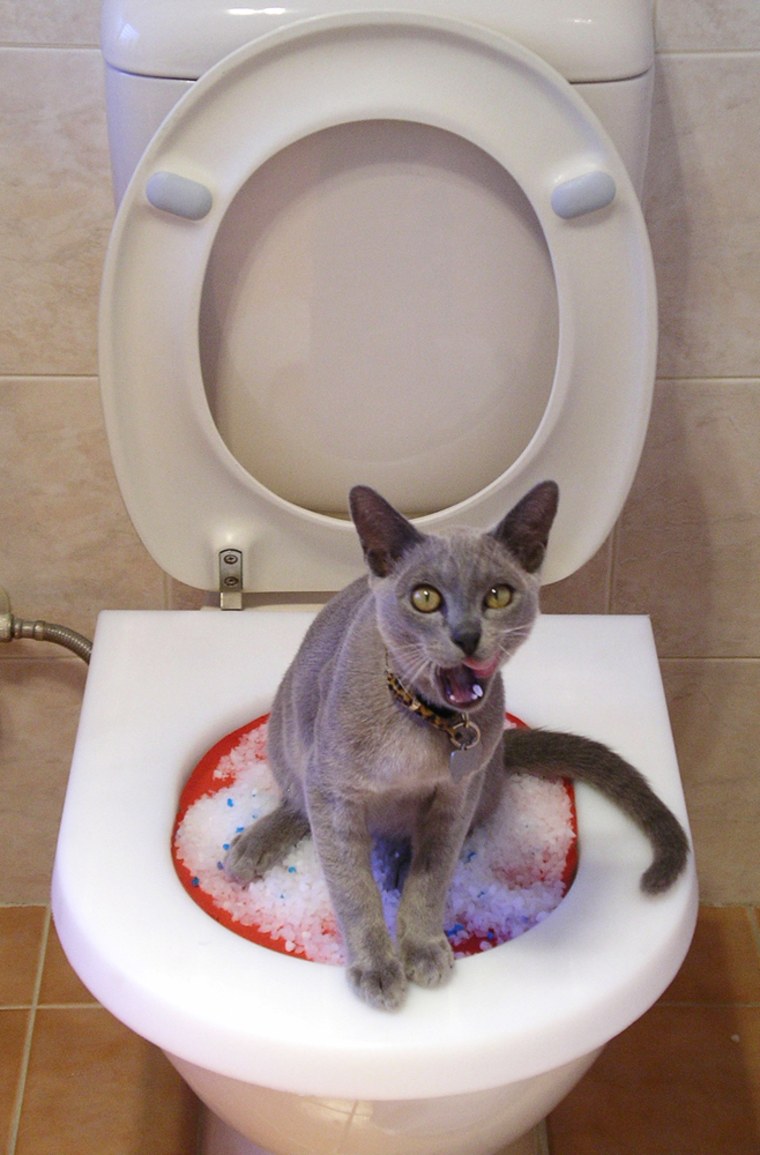Reasons You Should Never Flush Cat Poop Down Your Toilet - Important Facts
Reasons You Should Never Flush Cat Poop Down Your Toilet - Important Facts
Blog Article
What are your thoughts regarding How to Dispose of Cat Poop and Litter Without Plastic Bags?

Introduction
As feline proprietors, it's necessary to be mindful of just how we get rid of our feline friends' waste. While it might appear hassle-free to flush cat poop down the bathroom, this practice can have damaging consequences for both the setting and human health.
Environmental Impact
Flushing cat poop introduces harmful virus and bloodsuckers into the supply of water, posing a significant threat to marine ecological communities. These pollutants can negatively impact marine life and concession water quality.
Health and wellness Risks
In addition to ecological problems, flushing feline waste can likewise position wellness dangers to human beings. Pet cat feces might contain Toxoplasma gondii, a bloodsucker that can cause toxoplasmosis-- a potentially severe ailment, especially for expecting women and individuals with damaged immune systems.
Alternatives to Flushing
Thankfully, there are more secure and a lot more responsible means to take care of cat poop. Take into consideration the complying with alternatives:
1. Scoop and Dispose in Trash
One of the most usual technique of taking care of pet cat poop is to scoop it right into a naturally degradable bag and throw it in the trash. Be sure to make use of a specialized litter scoop and deal with the waste promptly.
2. Usage Biodegradable Litter
Go with biodegradable pet cat clutter made from materials such as corn or wheat. These trashes are environmentally friendly and can be safely disposed of in the garbage.
3. Bury in the Yard
If you have a lawn, think about hiding pet cat waste in an assigned location far from vegetable yards and water resources. Make sure to dig deep sufficient to prevent contamination of groundwater.
4. Install a Pet Waste Disposal System
Invest in an animal garbage disposal system specifically made for feline waste. These systems make use of enzymes to break down the waste, decreasing odor and environmental effect.
Conclusion
Responsible pet possession expands past supplying food and shelter-- it likewise includes correct waste management. By avoiding flushing feline poop down the toilet and opting for alternate disposal methods, we can lessen our environmental footprint and shield human health and wellness.
Why Can’t I Flush Cat Poop?
It Spreads a Parasite
Cats are frequently infected with a parasite called toxoplasma gondii. The parasite causes an infection called toxoplasmosis. It is usually harmless to cats. The parasite only uses cat poop as a host for its eggs. Otherwise, the cat’s immune system usually keeps the infection at low enough levels to maintain its own health. But it does not stop the develop of eggs. These eggs are tiny and surprisingly tough. They may survive for a year before they begin to grow. But that’s the problem.
Our wastewater system is not designed to deal with toxoplasmosis eggs. Instead, most eggs will flush from your toilet into sewers and wastewater management plants. After the sewage is treated for many other harmful things in it, it is typically released into local rivers, lakes, or oceans. Here, the toxoplasmosis eggs can find new hosts, including starfish, crabs, otters, and many other wildlife. For many, this is a significant risk to their health. Toxoplasmosis can also end up infecting water sources that are important for agriculture, which means our deer, pigs, and sheep can get infected too.
Is There Risk to Humans?
There can be a risk to human life from flushing cat poop down the toilet. If you do so, the parasites from your cat’s poop can end up in shellfish, game animals, or livestock. If this meat is then served raw or undercooked, the people who eat it can get sick.
In fact, according to the CDC, 40 million people in the United States are infected with toxoplasma gondii. They get it from exposure to infected seafood, or from some kind of cat poop contamination, like drinking from a stream that is contaminated or touching anything that has come into contact with cat poop. That includes just cleaning a cat litter box.
Most people who get infected with these parasites will not develop any symptoms. However, for pregnant women or for those with compromised immune systems, the parasite can cause severe health problems.
How to Handle Cat Poop
The best way to handle cat poop is actually to clean the box more often. The eggs that the parasite sheds will not become active until one to five days after the cat poops. That means that if you clean daily, you’re much less likely to come into direct contact with infectious eggs.
That said, always dispose of cat poop in the garbage and not down the toilet. Wash your hands before and after you clean the litter box, and bring the bag of poop right outside to your garbage bins.
https://trenchlesssolutionsusa.com/why-cant-i-flush-cat-poop/

Do you appreciate reading up on Can You Flush Cat Poo or Litter Down the Toilet?? Place a comment down below. We would be glad to listen to your insights about this blog posting. We hope that you come back again soon. Those who appreciated our blog posting if you please make sure you remember to share it. Thanks a lot for taking the time to read it.
Booking Report this page